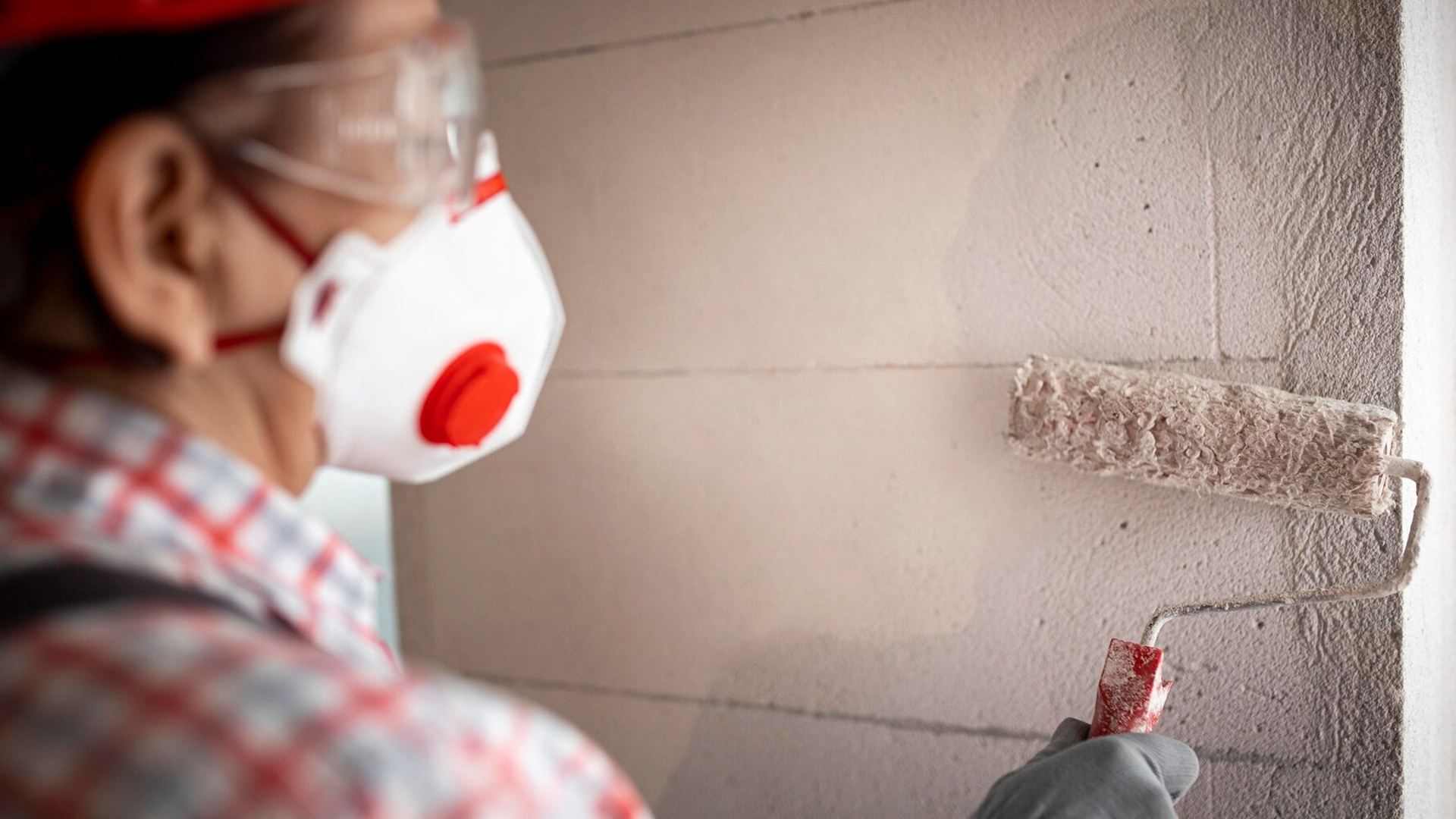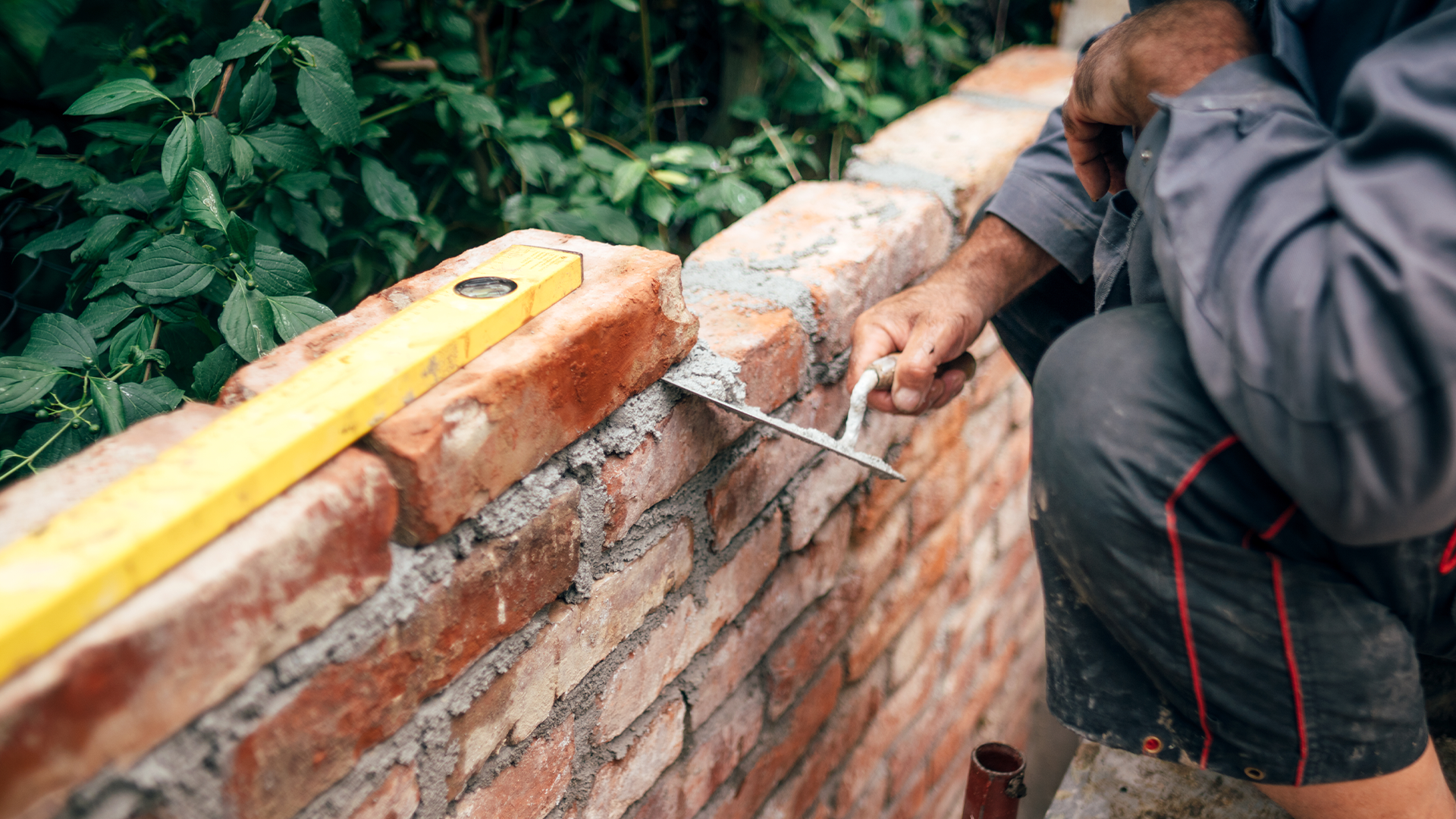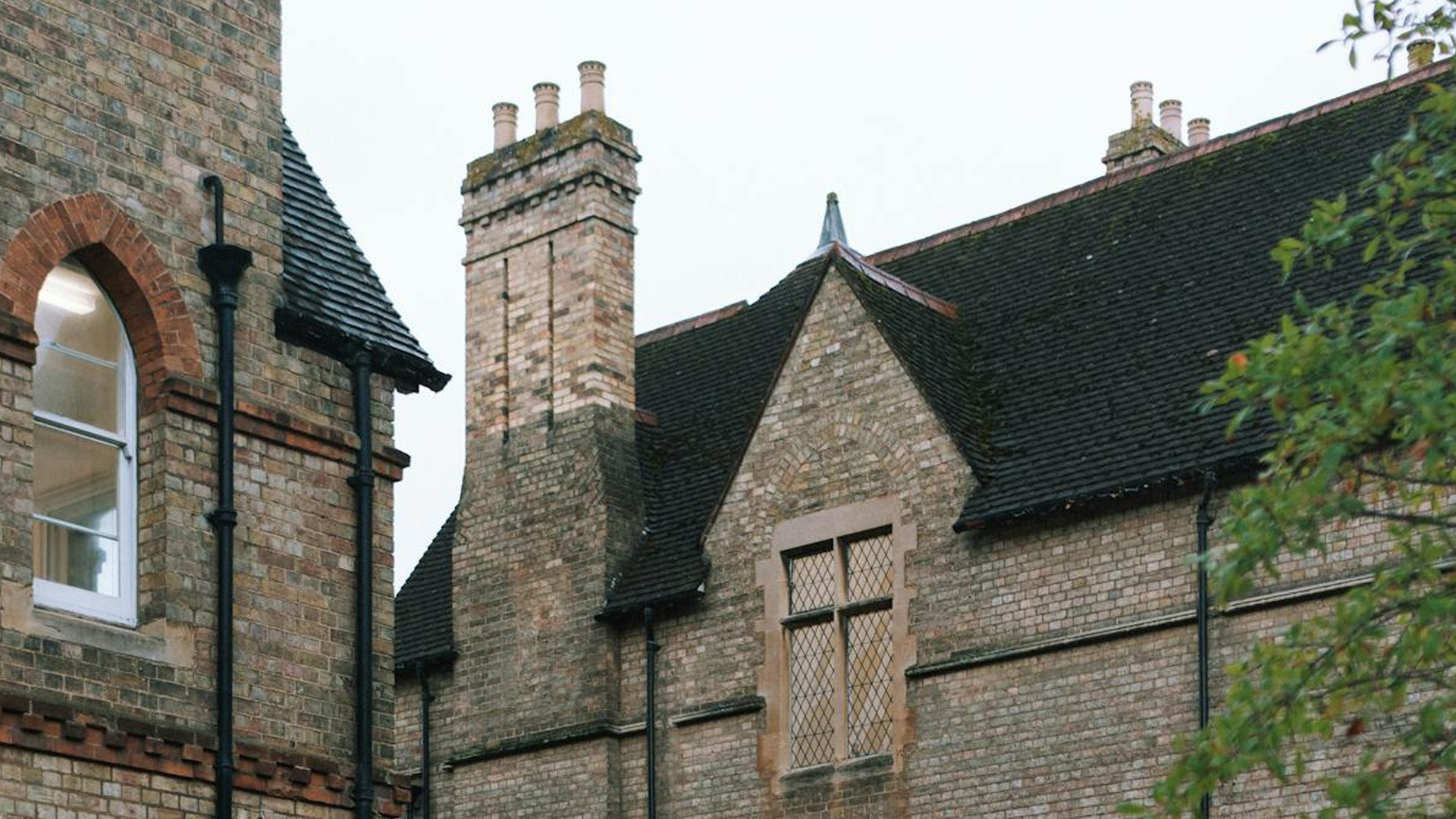What is re-rendering?
Cement re-rendering is a process of applying a layer of cement-based mortar to the external walls of a building in order to improve its appearance and provide additional protection from the elements.
It is typically used on older buildings that have been damaged by weathering, wear, or other factors. The new layer of cement-based render is applied over the existing masonry and it is then finished to create a smooth, attractive finish.
Your outside walls will become more resilient to water and durable after rendering for a short time. The addition of lime to the mixture improves the wall’s ability to breathe, allowing moisture to escape from the surface rather than being trapped.
One of the most important advantages of rendering is its waterproof qualities. It significantly lowers the risk of rotting and mould by shielding your walls and floors from moisture and humidity.
Due to its strengthening capabilities, which shield the surface from damaging outside elements, rendering also improves durability. Before rendering, base coatings are applied to your walls to increase flexibility and lessen the likelihood of cracks.
How does re-rendering stop dampness?
No, re-rendering will not stop dampness permanently but can do for a short time. Dampness can be caused by a number of factors including inadequate insulation, poor ventilation, and rising dampness.
The best way to prevent dampness is to identify the cause and take steps to reduce it, such as increasing ventilation, installing insulation, and repairing any defects in the walls or roof.
Re-rendering does not stop dampness. It is a form of waterproofing that prevents dampness from penetrating the walls of a building but does not stop it from entering the structure. Damp proofing is a more effective way to stop dampness from entering a building.
Alternatives to re-rendering
- Install a Dehumidifier: Dehumidifiers are an effective way to reduce moisture and humidity levels in the air. They work by drawing in damp air and releasing it as drier air with less moisture, which can help to reduce dampness in the home.
- Increase Ventilation: Increasing the amount of ventilation in your home can help to reduce moisture levels. This can be done by opening windows and doors for a few minutes each day to allow for fresh air to circulate.
- Install Extractor Fans: Extractor fans are designed to remove moisture from the air and can be particularly useful in rooms that are prone to dampness such as kitchens, bathrooms, and laundry rooms.
- Insulate Pipes and Walls: Insulating pipes and walls can help to reduce condensation, which can be a major cause of dampness in the home.
- Repair Leaks: If you have any leaks in the home, it is important to repair them as soon as possible to prevent dampness from occurring.
- Use Desiccants: Desiccants are materials that absorb moisture from the air and can be used to reduce dampness in the home.
- Seal Cracks and Gaps: Check your walls, floors, and ceilings for cracks and gaps that can let in moisture. Seal any cracks or gaps with caulk or expanding foam.
- Use Paint with a Breathable Finish: Look for paint with a breathable finish that allows moisture to escape. This will improve air circulation and reduce dampness.
- Install a Humidistat: A humidistat is a device that measures the humidity in your home and activates a dehumidifier when the humidity level gets too high.
Common causes of dampness and how to identify them
- Rain Penetration: This happens when water enters the building through walls, windows, or roofs due to poor weather protection, faulty guttering, or cracks in the walls. Identify it by looking for signs of water damage, such as staining or discoloration on walls and ceilings, or watermarks on windows.
- Condensation: This occurs when warm, moist air meets a cold surface, such as a window or wall. Identify it by looking for damp patches or discoloration on walls and ceilings, as well as mould or mildew.
- Rising Damp: This is caused by moisture from the ground being drawn up into the walls. Identify it by looking for a tide mark on the wall, a damp patch at the bottom of a wall, or salt deposits on the wall.
- Plumbing Leaks: This happens when pipes are leaking or blocked, or when there is an issue with the plumbing system. Identify it by looking for signs of water damage, such as staining or discoloration on walls or floors, or watermarks on ceilings.
- Poor Ventilation: This is caused by a lack of air circulation, which can lead to damp air becoming trapped and condensing on walls and ceilings. Identify it by looking for damp patches or discoloration on walls and ceilings, as well as mould or mildew.
Conclusion
Rendering can also increase your property’s fire resistance rating, which is another advantage. As a result, if a fire starts, it can be easier to control because the render reduces the rate at which the fire spreads.
Your odds of being able to rescue persons and possessions from inside during a major fire are boosted. You can choose from a large variety of colored pigments while rendering, which is a very contemporary finish.
Consequently, you have a greater chance of finishing your home in the colour you really want! A finishing topcoat or a wash coat can also be used to create a variety of effects and finishes.
Rendering offers advantages over materials like masonry and cladding that are very sought.
Bricks are adaptable, environmentally benign, and low maintenance, but they are also prone to breakage and have poor insulation qualities.
Although cladding is a simple method that requires minimal care, it is expensive, difficult to repair, and has a less-than-attractive appearance in today’s world.
Rendering is incredibly adaptable; it gives an additional layer of insulation and protects your walls from dampness damage. Yes, rendering is regarded as a costly option, but the advantages and ultra-modern finishes increase the worth of the completed work.









